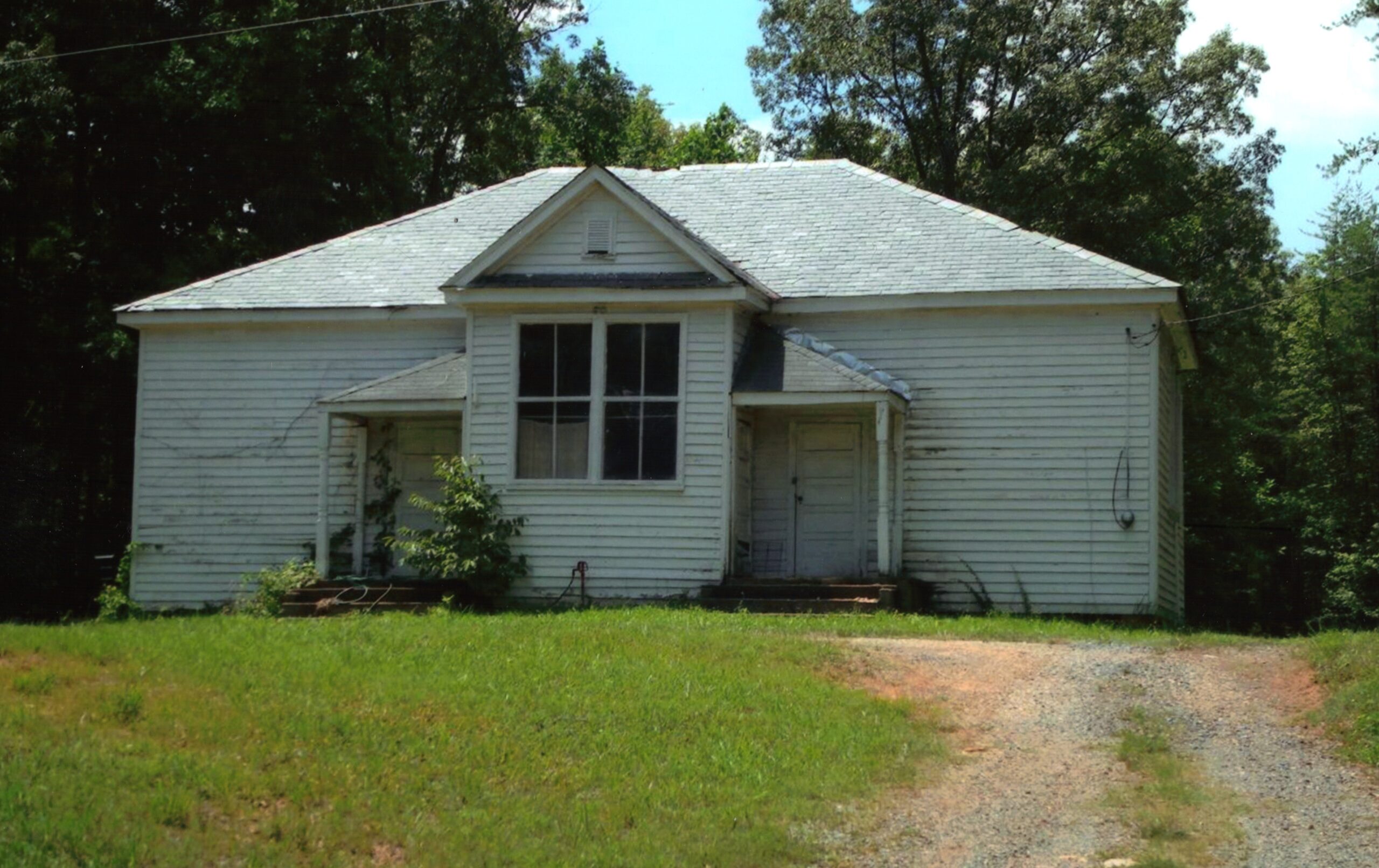Does Prince Edward need to allow different types of housing?
Published 6:28 am Tuesday, July 8, 2025
|
Getting your Trinity Audio player ready...
|
Editor’s note: This marks the third in a series of stories on Prince Edward’s comprehensive plan update, this one on housing. To read the previous pieces, you can click here and click here.
So you have goals and themes to work with, in terms of Prince Edward’s comprehensive plan. What are the next steps? What do we know about the county and is it truly in a good place to recruit new companies and talent?
Back in October 2023, Prince Edward County contracted with the Berkley Group to work on redesigning the comprehensive plan. As we’ve covered in previous stories, there have been some issues in the fact the current version doesn’t address things like solar farms. And the same is true when it comes to recruiting younger families.
Diving into the housing numbers
Trending
As housing, and specifically affordable housing, has been mentioned by all groups as a way to draw in new residents and get current ones to stay, it’s worth taking a look at.
To no surprise, the majority of housing in Prince Edward County are single family homes, which make up 69%. Mobile homes make up another 12%, with the remaining 18% including duplexes at 7% and apartments at 11%.
That leaves one piece missing, as the new comprehensive plan points out. When a young family looks to move in, or when a college student is ready to get out of an apartment but not quite ready for a house of their own, that doesn’t leave much here.
The “middle housing” includes “duplexes, triplexes, townhouses, and small apartment buildings. In rural communities like Prince Edward County, where apartment complexes may not be appropriate, missing middle housing can provide more affordable and diverse living options that are compatible with existing neighborhoods and rural landscapes,” the report states.
Those alternative options include duplexes, garden apartments and townhomes, of which there aren’t exactly a lot of options here in this area. The report argues that by increasing the “missing middle housing stock”, that will make it more attractive for younger people to settle in Prince Edward County. It would also accommodate people already living in the area who want some additional housing options.
Let’s talk price points
But even if you have duplexes or townhouses, it defeats the purpose if the price isn’t within the range a young family or young professional can afford. And ironically, the places where affordable housing is needed the most is where home prices are the highest. That would be in Farmville and the surrounding areas, which have the youngest population due to the college students at Longwood University. That area has the lowest median household income, due to low wages for students and recent graduates, and yet the highest median home values. That brings up the issue of cost-burdened housing.
Trending
If your household pays more than 30% of your income on housing, then you’re considered cost-burdened. And when we say spending money on housing, it could be paying rent or the mortgage, as well as paying for the associated utilities like water and power, along with the normal maintenance. It’s worth noting that in these cases, if a recent graduate is faced with the option of staying in Prince Edward, in a cost-burdened living situation, or taking another job in a more diverse housing market, the majority go with option #2.
So how does Prince Edward rate? Square in the middle for this region, when it comes to cost-burdened housing.
The data shows that 59% of Prince Edward renters are cost-burdened. That’s not sustainable long-term. Residents in a situation like that are more likely to leave for either a better job or better living situation, one that doesn’t take as much of their income.
For comparison, in this region Lunenburg has the lowest percentage of cost-burdened renters at 41%. Charlotte County is at 45%, with Buckingham coming in at 56%. The story is dramatically different when you look at ownership. Only 13% of home owners in Prince Edward are considered to be cost-burdened, the lowest in the region. Lunenburg is second at 18%, with Charlotte at 21% and Buckingham at 25%. But again, those homeowners are older and so if one goal is to bring in young professionals and young families, it doesn’t help that the majority of the housing market is out of their range.
It’s also not practical to expect these younger housing hunters to get better paying jobs. Most of them are just out of school, so they’ll be taking entry level positions. In other words, the majority of homes in the area, be they single family or otherwise, are currently not in the price range for a lot of hunters.
A low number of new homes
Despite the need for new and affordable housing, new construction has stayed low in the county for the last decade. In 2023, 72 new units were added in Prince Edward County outside of the Town of Farmville, including single-unit dwellings, duplex dwellings, and mobile homes. Nine units were added within the Town of Farmville for a total of 81 new units countywide. For the 72 units built in the County, the average value per unit was $167,028. Only 22 multi-family units have been added since 2015 — all built in Farmville. Between 2015 and 2023 a total of 965 new units have been added to the market, an average of 107 per year.
So how do you fix that? The comprehensive plan offers a few suggestions. First, review the zoning ordinance for amendments that encourage housing diversity in multiple zoning districts.
Second, encourage developers to include affordable and mixed housing options in new project proposals. And third, work with the Commonwealth Regional Council partners to implement Virginia’s Heartland Comprehensive Economic Development Strategy.
In the next part of this series, it’s time to talk about the economy. We’ve looked at housing, we’ve looked at goals, we’ve even seen what students want. Now how do we build the economy to get there?






